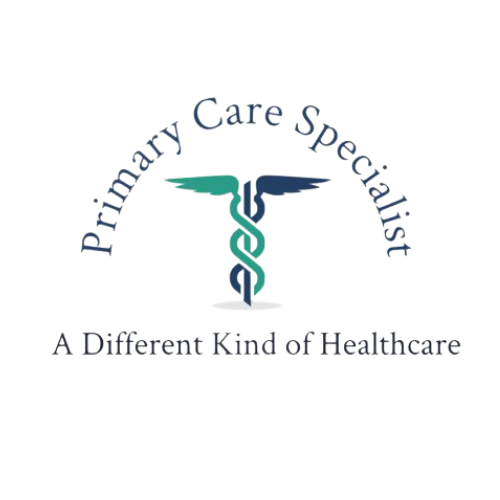Blog Title: The Power of Mindful Communication in Managing Anxiety: Understanding Triggers and Building Resilience
Introduction: In our journey towards mental well-being, the way we communicate and engage with ourselves and others plays a pivotal role. Addressing anxiety requires a holistic approach, encompassing not only self-awareness but also mindful communication practices. In this blog, we delve into the significance of mindful communication in managing anxiety, understanding triggers, and cultivating resilience.
Understanding Triggers: Triggers are stimuli or situations that evoke intense emotional responses, often leading to feelings of anxiety, stress, or distress. Identifying triggers is a crucial step in managing anxiety, as it allows individuals to recognize patterns, anticipate challenges, and implement coping strategies effectively. Triggers can vary widely from person to person and may include specific words, images, memories, environments, or interpersonal interactions.
The Role of Mindful Communication: Mindful communication involves being present, attentive, and empathetic in our interactions with ourselves and others. When discussing sensitive topics such as triggers and anxiety with patients, it's essential to approach the conversation with compassion, non-judgment, and sensitivity. Mindful communication fosters trust, openness, and mutual understanding, creating a safe space for patients to express their thoughts, feelings, and concerns without fear of judgment or stigma.
Practicing Active Listening: Active listening is a core component of mindful communication, allowing healthcare professionals to tune into patients' experiences, validate their feelings, and offer empathetic support. When discussing triggers and anxiety, it's essential to listen attentively, without interrupting or imposing assumptions. Validate patients' experiences, acknowledge their emotions, and reflect back their concerns to demonstrate understanding and empathy.
Exploring Root Causes: In addition to identifying triggers, it's crucial to explore the underlying causes and contributing factors that may exacerbate anxiety. This may involve examining past experiences, trauma, societal pressures, lifestyle factors, or cognitive patterns that influence individuals' perceptions and responses to stressors. By addressing root causes and underlying issues, healthcare professionals can help patients develop personalized coping strategies and resilience-building techniques.
Cultivating Mindfulness and Self-Compassion: Mindfulness practices such as meditation, deep breathing, and body awareness can help individuals cultivate present-moment awareness, reduce rumination, and regulate emotional responses to triggers. Encourage patients to incorporate mindfulness techniques into their daily routines to promote relaxation, stress reduction, and emotional well-being. Additionally, fostering self-compassion and self-acceptance is essential in overcoming perfectionism, self-criticism, and negative self-talk that contribute to anxiety.
Conclusion: Mindful communication is a powerful tool in managing anxiety, promoting self-awareness, and building resilience. By approaching conversations about triggers and anxiety with empathy, compassion, and non-judgment, healthcare professionals can create supportive environments where patients feel heard, understood, and empowered to navigate their mental health journey. Together, let us embrace mindful communication as we strive to foster healing, connection, and well-being in ourselves and others.
